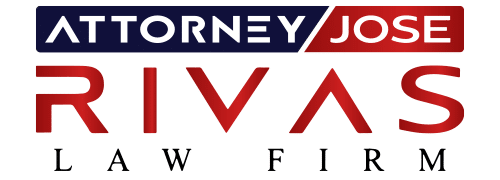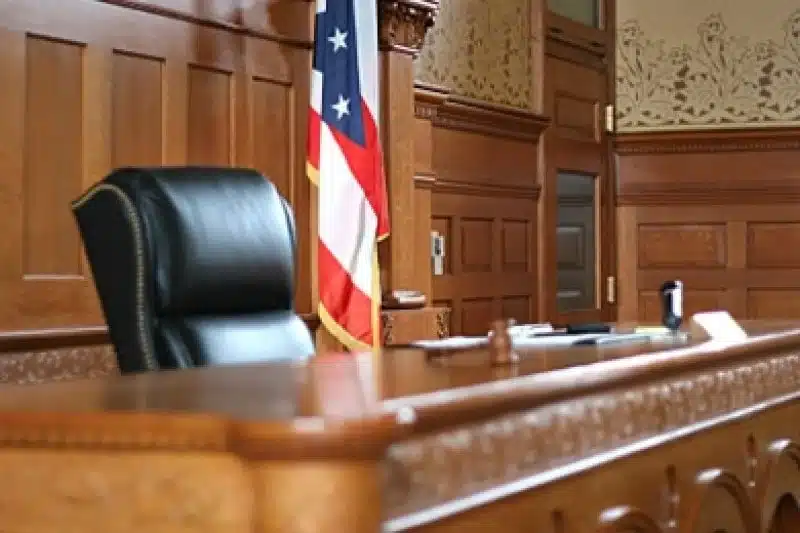An arraignment in federal court is a crucial step in the criminal justice process where a defendant is formally charged and asked to enter a plea in response to the charges. As in state courts, hearing and arraignment are essential for ensuring that the defendant understands the charges against them and their legal rights.
1. Understanding the Arraignment Process
1.1. Purpose of Arraignment in federal court
The primary purpose of an arraignment is to inform the defendant of the charges against them, ensure they have legal representation, and ask them to enter a plea. Furthermore, it allows the court to determine whether the defendant should be released on bail or held in custody pending trial.
1.2. Timing of Arraignment in federal court
Arraignments typically occur shortly after a defendant is arrested and charged, usually within one or two days. This ensures the accused is informed of the charges and can promptly exercise their legal rights.
2. The Role of the Judge, Prosecution, and Defense
2.1. Judge’s Responsibilities
During an arraignment in federal court, the judge presides over the proceedings and is responsible for ensuring that the defendant understands the charges, their rights, and the potential consequences they face. The judge also determines whether the defendant is eligible for bail and, if so, sets the bail amount and conditions of release.
2.2. Prosecution’s Role
The prosecution is responsible for presenting the charges against the defendant and providing the court with relevant information, such as the defendant’s criminal history, ties to the community, and potential danger to the public. This information assists the judge in determining whether to grant bail and, if so, under what conditions.
2.3. Defense Counsel’s Duties
The defense counsel’s primary responsibility during an arraignment is to represent the defendant’s interests, ensure they understand their rights, and help them enter a plea. Additionally, the defense attorney may argue for the defendant’s release on bail or request a reduction in the bail amount.
3. The Defendant’s Rights at Arraignment
The defendant has several rights during the arraignment in federal court, including:
3.1. Right to Be Informed of the Charges
The defendant must be provided with a copy of the indictment or information and have the charges read to them or be informed of the substance of the charges.
3.2. Right to Legal Representation
The defendant has the right to be represented by an attorney during the arraignment in federal court. If the defendant cannot afford an attorney, the court must appoint one for them.
3.3. Right to Enter a Plea
The defendant can enter a plea in response to the charges. This can be a plea of guilty, not guilty, or, in some cases, no contest.
4. Types of Pleas and Their Consequences at Arraignment in Federal Court
4.1. Not Guilty Plea
A not-guilty plea asserts the defendant’s innocence and indicates that they will contest the charges. The case will then proceed to trial or further pretrial proceedings.
4.2. Guilty Plea
By entering a guilty plea, the defendant admits guilt and waives their right to a trial. The court will then proceed to sentencing, which may occur immediately or at a later date.
4.3. No Contest Plea
A no-contest plea, also known as “nolo contendere,” allows the defendant to neither admit nor deny the charges. This plea results in a conviction but cannot be used against the defendant in a subsequent civil case.
5. Bail Determination and Conditions of Release
5.1. Factors Considered in Bail Determination
When deciding whether to grant bail at arraignment in federal court, the judge considers various factors, such as the defendant’s ties to the community, criminal history, potential danger to the public, and any threats made to witnesses.
5.2. Conditions of Release
If the defendant is granted bail, the judge may impose specific conditions for their release, such as maintaining employment, avoiding contact with alleged victims, or complying with a curfew.
6. Waiving Appearance and Video Teleconferencing
6.1. Waiving Appearance
In some instances, a defendant may be allowed to waive their appearance at the arraignment, provided they have signed a written waiver and the court accepts it.
6.2. Video Teleconferencing
With the defendant’s consent, the court may use video teleconferencing to conduct an arraignment. This method is becoming more common and can be beneficial in reducing travel time and costs, especially in high-volume jurisdictions.
7. Post-Arraignment Proceedings
After the arraignment, the case will proceed to either trial or further pretrial proceedings, depending on the defendant’s plea and the specific circumstances of the case.
8. Notable Arraignments: Donald Trump’s Arraignment
Former President Donald Trump is to be arraigned at the United States District Court for the Southern District of Florida in Miami on 37 criminal counts. This high-profile case demonstrates the importance of the arraignment process in ensuring that individuals, regardless of their status, are held accountable for alleged criminal actions.
9. Potential Issues and Concerns with Arraignments
While arraignments are vital to the criminal justice process, they can sometimes raise concerns, such as the potential loss of solemnity and dignity when video teleconferencing is used, difficulties in providing effective and confidential legal counsel, and the impact on defendants’ mental and emotional well-being.
An arraignment in federal court is a critical step in the criminal justice process, ensuring that defendants are informed of the charges against them, provided with legal representation, and allowed to enter a plea. The arraignment process also allows the court to determine whether the defendant should be released on bail or held in custody until trial.









